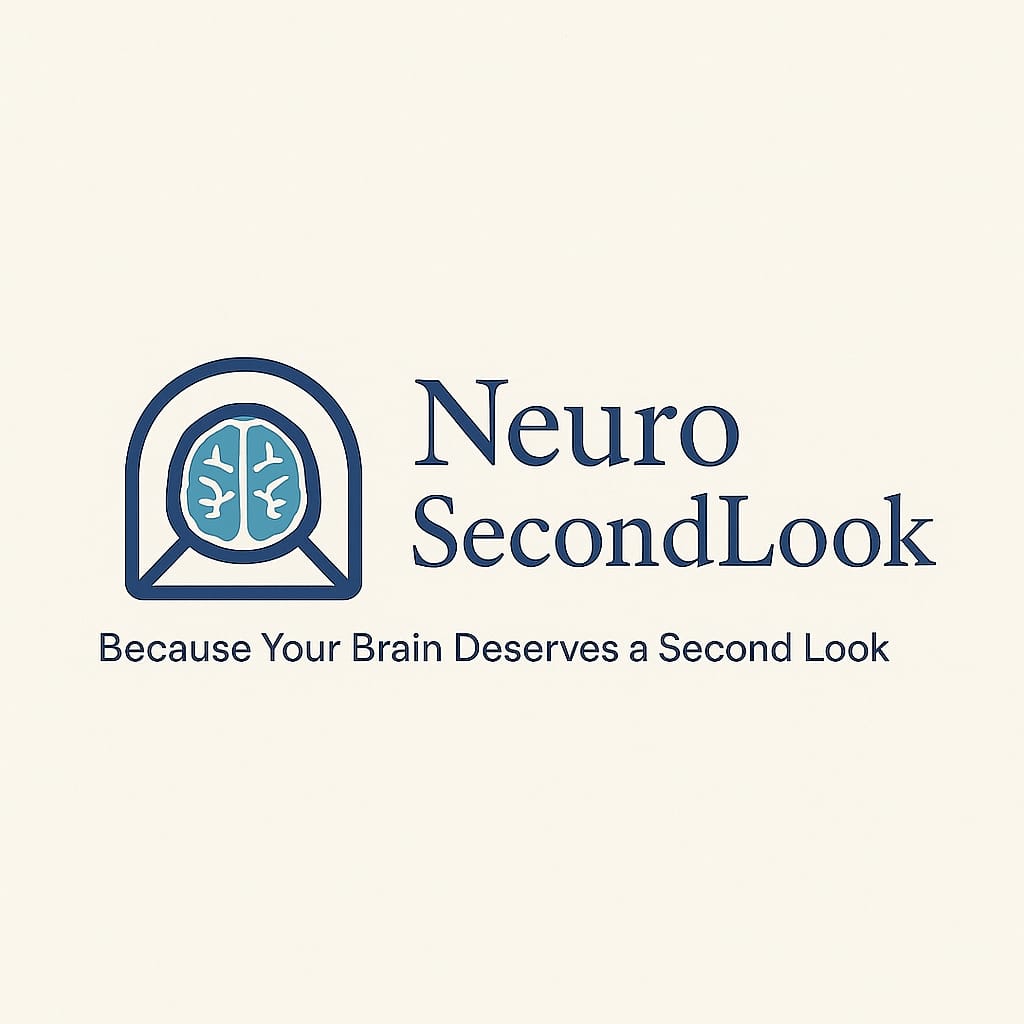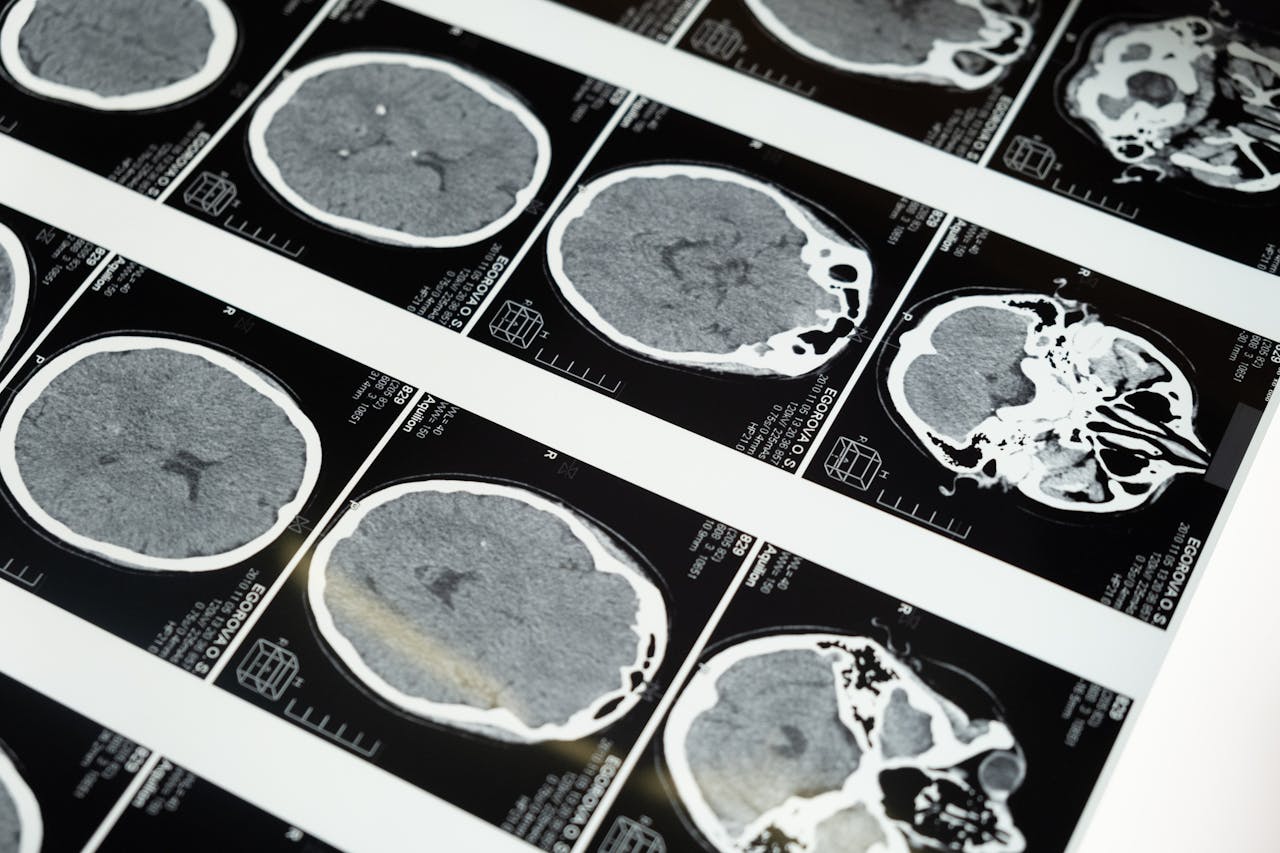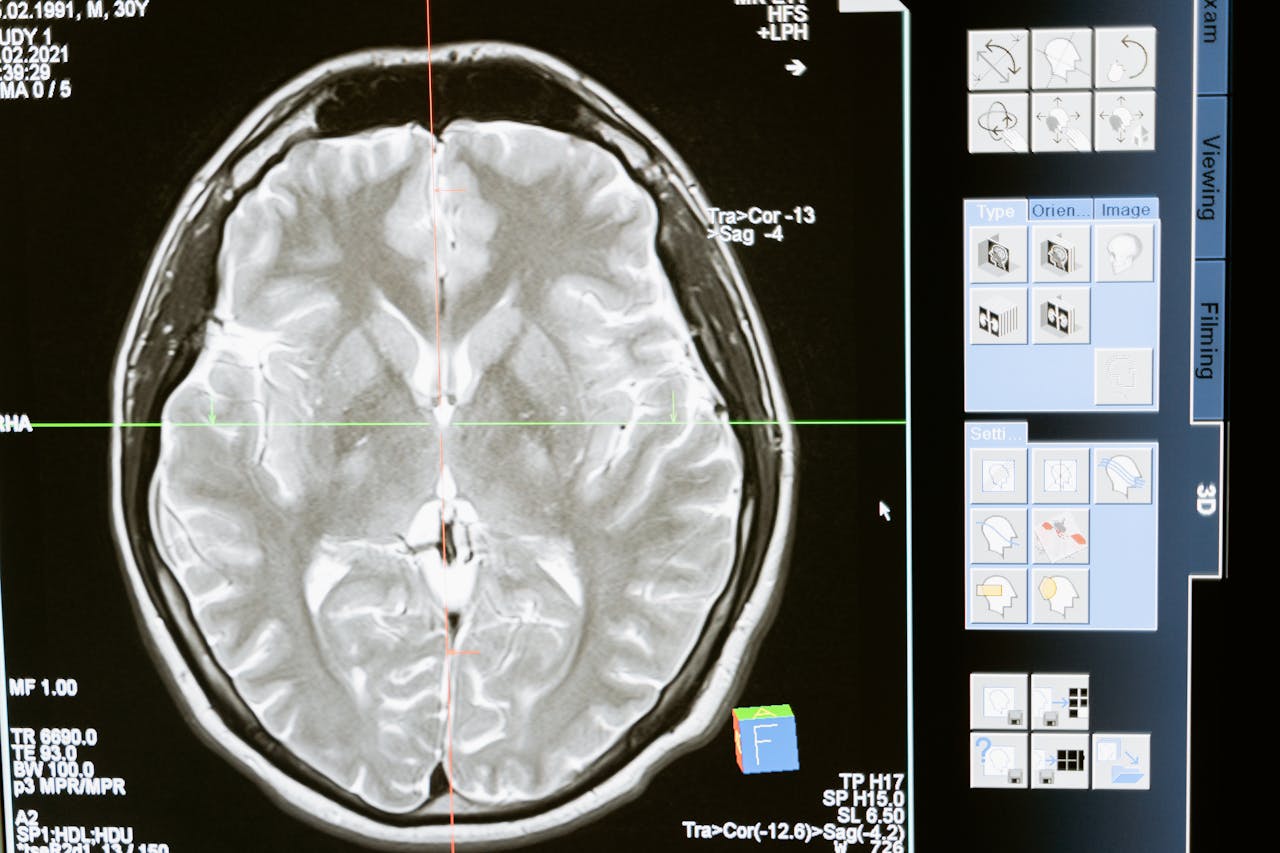By Dr. Muhammad Amir Umer
Neurologist | FCPS Neurology
Founder – NeuroSecondLook
Practiced in Pakistan, Saudi Arabia, and the UAE
Currently offering the latest anti-CGRP migraine treatment
Introduction
Migraine is not just a headache. It’s a complex neurological condition that affects over a billion people worldwide and can severely impact daily life. Characterized by throbbing head pain, nausea, and sensitivity to light or sound, migraines can be unpredictable and disabling.
As a neurologist with clinical experience in Pakistan, Saudi Arabia, and now the UAE, I’ve seen the struggle many patients face—from delayed diagnosis to ineffective treatment. That’s why I’m committed to helping patients access modern, personalized therapies—including the latest anti-CGRP treatments—through NeuroSecondLook.
What Is a Migraine?
Migraine is a neurovascular disorder marked by repeated episodes of:
- Moderate to severe head pain (often one-sided)
- Nausea and/or vomiting
- Sensitivity to light (photophobia) and sound (phonophobia)
- Sometimes preceded by aura (visual disturbances, numbness, speech difficulty)
Migraine attacks can last from a few hours to several days.
Types of Migraine
- Migraine without Aura (Common Migraine)
- Migraine with Aura (Classic Migraine)
- Chronic Migraine – Occurs 15 or more days a month
- Vestibular Migraine – Dizziness and balance issues
- Menstrual Migraine – Linked to hormonal changes
Triggers Can Vary by Patient
Common triggers include:
- Stress
- Sleep disruption
- Certain foods (e.g. chocolate, cheese)
- Hormonal shifts
- Bright lights or strong smells
- Weather changes
Understanding personal triggers is essential for prevention.
My Clinical Experience with Migraine Across 3 Countries
Pakistan
In many areas, migraine is misunderstood as a “routine headache” and often self-treated with painkillers. Patients usually present after years of suffering. I’ve worked to increase awareness and guide effective long-term management strategies, especially for women and students.
Saudi Arabia
There was greater awareness and access to neurologists. However, over-reliance on triptans or over-the-counter painkillers often caused medication overuse headaches. I focused on structured migraine programs and patient education.
United Arab Emirates
I now work in a multidisciplinary headache clinic with access to international therapies. Here, we provide evidence-based care and advanced options such as anti-CGRP therapy for patients with chronic or treatment-resistant migraines.
What Is Anti-CGRP Treatment?
Calcitonin Gene-Related Peptide (CGRP) is a protein involved in migraine pain pathways.
Anti-CGRP therapy involves:
- Monoclonal antibodies (like erenumab, fremanezumab, galcanezumab)
- Monthly or quarterly injections
- Fewer side effects than traditional medications
- Effective even for those who failed previous treatments
I proudly offer access to anti-CGRP therapy through NeuroSecondLook, where I review migraine history, treatment failures, and guide patients toward personalized solutions—even remotely for patients in Pakistan.
How NeuroSecondLook Can Help
At NeuroSecondLook, I offer:
- Migraine diagnosis confirmation
- Review of MRI or EEG if needed
- Customized treatment planning
- Evaluation for eligibility for anti-CGRP therapy
- Ongoing support and medication adjustment
Whether you’re in Pakistan, the Gulf, or beyond, your condition deserves expert attention.
Final Words
Migraines may be invisible, but their impact is real. With the right approach, patients can regain control and live pain-free. Whether you’re exploring new treatment options or frustrated with your current plan, I invite you to take a step toward relief.
Because your brain deserves a second look.



